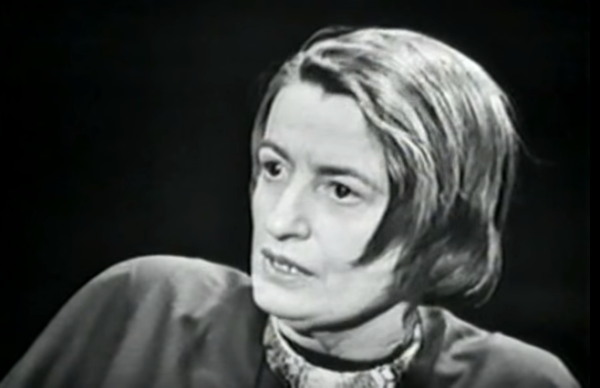All around the world, each public transit system has its own rules. These come in both the official and unspoken varieties, the former basically consistent from place to place, and the latter usually reflecting the mores of the society each system serves. The acceptability of talking to one’s fellow passengers, for instance, tends to vary, and in some countries even making eye contact counts as a no-no. You certainly won’t try it in Paris after witnessing the consequences when Steve Buscemi breaks that rule in Tuileries, this short directed by the Coen brothers that first appeared in the anthology film Paris, je t’aime.
“Paris is known as the City of Lights,” Buscemi’s apparent tourist reads in his guidebook as he sits awaiting a train in the station from which the film takes its name. “A city of culture… of fine dining and magnificent architecture. Paris is a city for lovers: lovers of art, lovers of history, lovers of food, lovers of… love.”
Though he seems to be having a somewhat less than lovely time there, including getting pelted by a passing child’s spitballs, he endures. Not five seconds after reading about the no-eye-contact custom on Paris’ “reasonably clean” subway (a laugh line for any Parisian) does he look fatefully up, catching the eye of a girl across the tracks and sending her boyfriend into a jealous rage.
Foreigners have long felt as intimidated by Paris as they’ve admired it, a mixture of emotions the Coen Brothers play on without leaving the Tuileries platform, as does Alexander Payne in the altogether different experience of the American alone in the City of Lights he essays at the end of Paris, je t’aime. In the decade since the movie came out, we’ve seen a few other city-themed anthology films, including New York, I Love You, Rio, Eu Te Amo, and the unrelated Tokyo!, albeit none with a second contribution by the Coen brothers or a second appearance by Buscemi — whose character may have yet to recover from from his trip to Paris anyway.
Related Content:
How the Coen Brothers Storyboarded Blood Simple Down to a Tee (1984)
Watch the Coen Brothers’ TV Commercials: Swiss Cigarettes, Gap Jeans, Taxes & Clean Coal
World Cinema: Joel and Ethan Coen’s Playful Homage to Cinema History
4,000+ Free Movies Online: Great Classics, Indies, Noir, Westerns, Documentaries & MoreBased in Seoul, Colin Marshall writes and broadcasts on cities and culture. He’s at work on a book about Los Angeles, A Los Angeles Primer, the video series The City in Cinema, the crowdfunded journalism project Where Is the City of the Future?, and the Los Angeles Review of Books’ Korea Blog. Follow him on Twitter at @colinmarshall or on Facebook.



